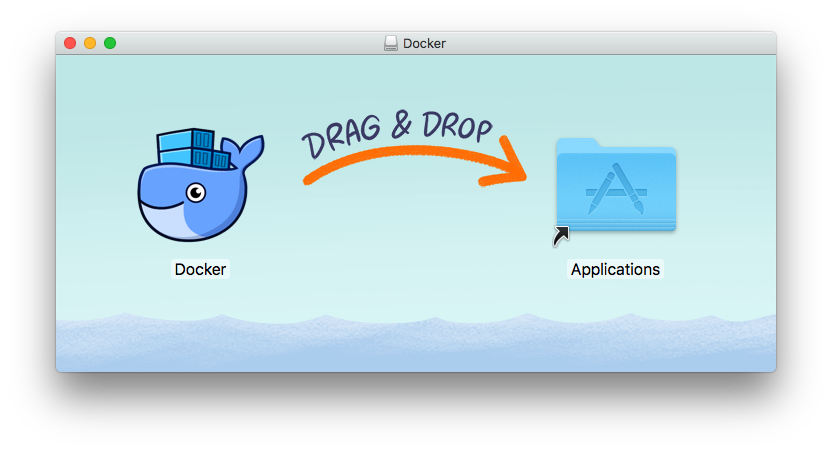

Loading an Image Into Your Cluster 🔗︎ĭocker images can be loaded into your cluster nodes with: If the flag -name is not specified, kind will use the default clusterĬontext name kind and delete that cluster. If you created a cluster with kind create cluster then deleting is equally Kubectl cluster-info -context kind-kind-2 In order to interact with a specific cluster, you only need to specify theĬluster name as a context in kubectl: kubectl cluster-info -context kind-kind When you list your kind clusters, you will see something like the following: kind get clusters To see all the clusters you have created, you can use the get clustersįor example, let's say you create two clusters: kind create cluster # Default cluster context name is `kind`. The flag may only be set once and no merging takes place. You can use the -kubeconfig flag when creating the cluster, then only that file is loaded. Then it creates the last file in the list. It is created in the first file that exists. Is modified, it is modified in the file that defines the stanza. (normal path delimiting rules for your system). If $KUBECONFIG environment variable is set, then it is used as a list of paths If $KUBECONFIG environment variable is not set. To interact with it by using the configuration file generated by kind.īy default, the cluster access configuration is stored in $/.kube/config Interacting With Your Cluster 🔗︎Īfter creating a cluster, you can use kubectl More usage can be discovered with kind create cluster -help. Wait for 30 seconds, do -wait 30s, for 5 minutes do -wait 5m, etc. To use -wait you must specify the units of the time to wait. Reaches a ready status, you can use the -wait flag and specify a timeout. If you want the create cluster command to block until the control plane Use the -name flag to assign the cluster a different context name. If you desire to build the node image yourself with a custom version see theīy default, the cluster will be given the name kind. Using a different image allows you to change the Kubernetes version of the created To specify another image use the -image flag – kind create cluster -image=.


You'll find a complete listing of images created for a kind release. Prebuilt images are hosted at kindest/node, but to find images suitable for a given release currently you should check the release notes for your given kind version (check with kind version) where This will bootstrap a Kubernetes cluster using a pre-built
#Docker for mac download no login install#
To install, download the binary for your platform from “Assets” and place thisĬhoco install kind Creating a Cluster 🔗︎Ĭreating a Kubernetes cluster is as simple as kind create cluster. Stable releases are generally recommended for CI usage in particular. Stable binaries are also available on the releases page. Without installing Go, kind can be built reproducibly with docker using make build, NOTE: go get should not be run from a Go enabled project directory,Īs go get inside a modules enabled project updates dependencies / behaves differently. Kind: command not found after installation. You may need to add that directory to your $PATH as

Go get will put kind in $(go env GOPATH)/bin. Please use the latest Go when installing KIND from source, ideally go 1.14 or greater. You can either install kind with GO111MODULE="on" go get or clone this repo To install kubectl see the upstream kubectl installation docs. Contents 🔗︎īut you will not be able to perform some of the examples in our docs without it. If you are having problems please see the known issues guide. This guide covers getting started with the kind command.


 0 kommentar(er)
0 kommentar(er)
